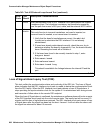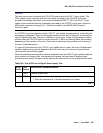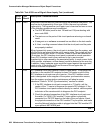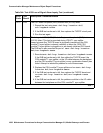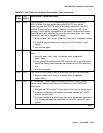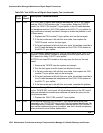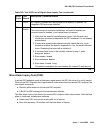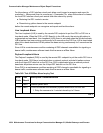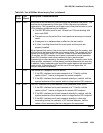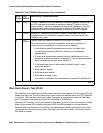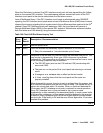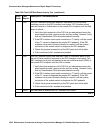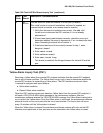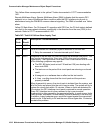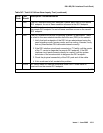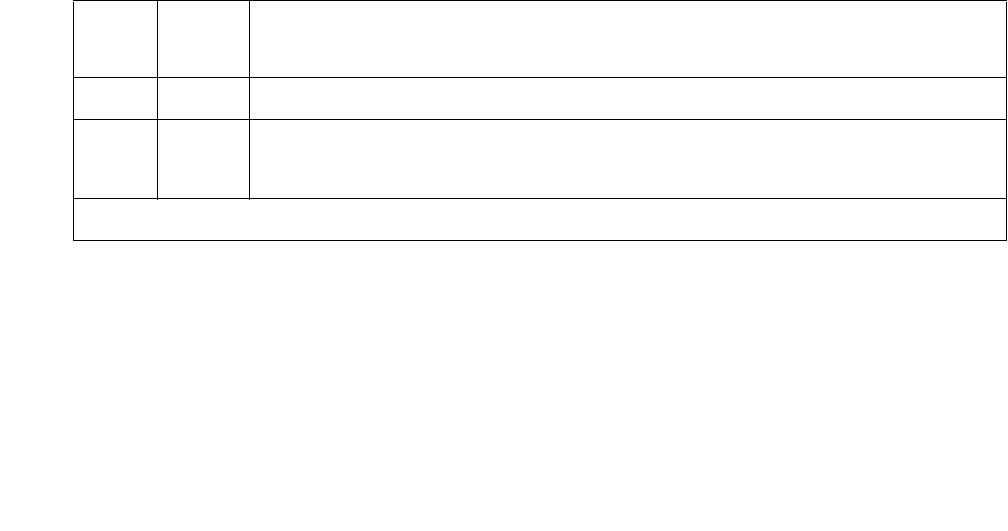
Communication Manager Maintenance-Object Repair Procedures
1004 Maintenance Procedures for Avaya Communication Manager 3.0, Media Gateways and Servers
For blue alarms, a DS1 Interface circuit pack takes much longer to recognize and report its
resolution (~ 16 seconds) than its occurrence (~ 2 seconds). So, when a blue alarm is cleared,
the local DS1 Interface circuit pack avoids false blue alarms by quickly:
● Restoring the DS1 trunks to service
● Discontinuing yellow alarms to the remote endpoint
before the remote endpoint can recognize and report another blue alarm.
Line Loopback Alarm
The Line Loopback (LLB) is used by the remote DS1 endpoint to put the ICSU or DS1 into a
loop-back mode. When the ICSU or DS1 Board is in the LLB mode, the arriving bit pattern is
regenerated and sent back. Line Loopback (LLB) Alarm is activated when the in-band activate
LLB bit pattern has been arriving continuously for 5 seconds on the DS1 line. LLB is deactivated
when the in-band deactivate LLB bit pattern has been arriving continuously for 5 seconds on the
DS1 line.
Since LLB is a maintenance condition rendering all DS0 channels unavailable for signaling or
bearer traffic, maintenance software treats this the same as a Blue Alarm.
Payload Loopback Alarm
The Payload Loopback (PLB) is used by the remote DS1 endpoint to put the switch DS1 into a
loop-back mode. PLB Alarm is activated when a network protocol activate bit pattern arrives
over the 4-kbps ESF data link on the DS1 line. PLB is deactivated when a network protocol
deactivate bit pattern arrives over the 4-kbps ESF data link on the DS1 line.
Since PLB is a maintenance condition rendering all DS0 channels unavailable for signaling or
bearer traffic, maintenance software treats this the same as a Blue Alarm.
Table 345: Test #139 Blue Alarm Inquiry Test
Error
Code
Test
Result
Description / Recommendation
ABRT Internal system error
2100 ABRT Could not allocate the necessary system resources to run this test.
1. Retry the command at 1-minute intervals up to 5 times.
1 of 3



